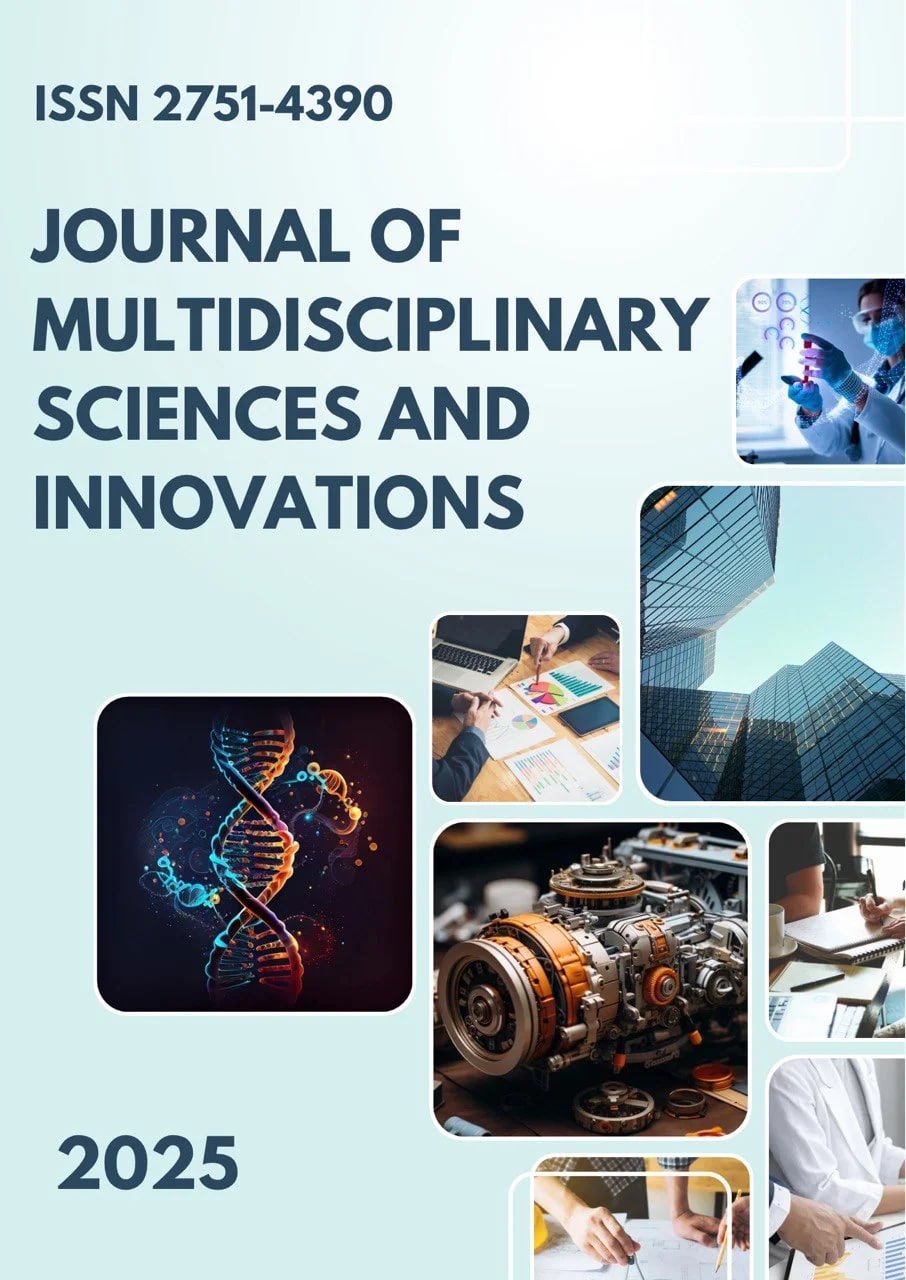DEVELOPMENT OF IODINE-ENRICHED CONFECTIONERY PRODUCTION TECHNOLOGY AND THEIR SAFETY CRITERIA
Main Article Content
Abstract
Iodine deficiency remains a global public health problem, leading to disorders such as goiter, impaired cognitive development, and metabolic dysfunction. Food fortification with iodine is a recognized preventive strategy, but its integration into confectionery products is still underexplored. This paper examines the development and optimization of iodine-enriched confectionery production technology, emphasizing fortification methods, stability of iodine during processing, and safety criteria. The study highlights the potential of using stable iodine compounds (e.g., potassium iodate, potassium iodide, and iodine-containing organic complexes) and natural iodine sources (e.g., seaweed extracts) in confectionery formulations. Key safety aspects, including permissible iodine levels, organoleptic properties, and microbiological safety, are discussed. The findings suggest that confectionery fortification could serve as a sustainable approach to improve iodine intake, especially among children and young adults, without compromising product quality or safety.
Downloads
Article Details
Section

This work is licensed under a Creative Commons Attribution 4.0 International License.
Authors retain the copyright of their manuscripts, and all Open Access articles are disseminated under the terms of the Creative Commons Attribution License 4.0 (CC-BY), which licenses unrestricted use, distribution, and reproduction in any medium, provided that the original work is appropriately cited. The use of general descriptive names, trade names, trademarks, and so forth in this publication, even if not specifically identified, does not imply that these names are not protected by the relevant laws and regulations.
How to Cite
References
1.World Health Organization. (2014). Iodine deficiency in Europe: A continuing public health problem. WHO Press.
2.Zimmermann, M. B., & Andersson, M. (2012). Update on iodine status worldwide. Current Opinion in Endocrinology, Diabetes and Obesity, 19(5), 382–387.
3.Hetzel, B. S. (1983). Iodine deficiency disorders (IDD) and their eradication. The Lancet, 322(8359), 1126–1129.
4.Bhatnagar, S., & Taneja, S. (2001). Iodine deficiency disorders in South Asia. Regional Health Forum, 5(1), 39–47.
5.Jooste, P. L., & Zimmermann, M. B. (2008). Progress towards eliminating iodine deficiency in South Africa. South African Journal of Clinical Nutrition, 21(1), 8–14.

